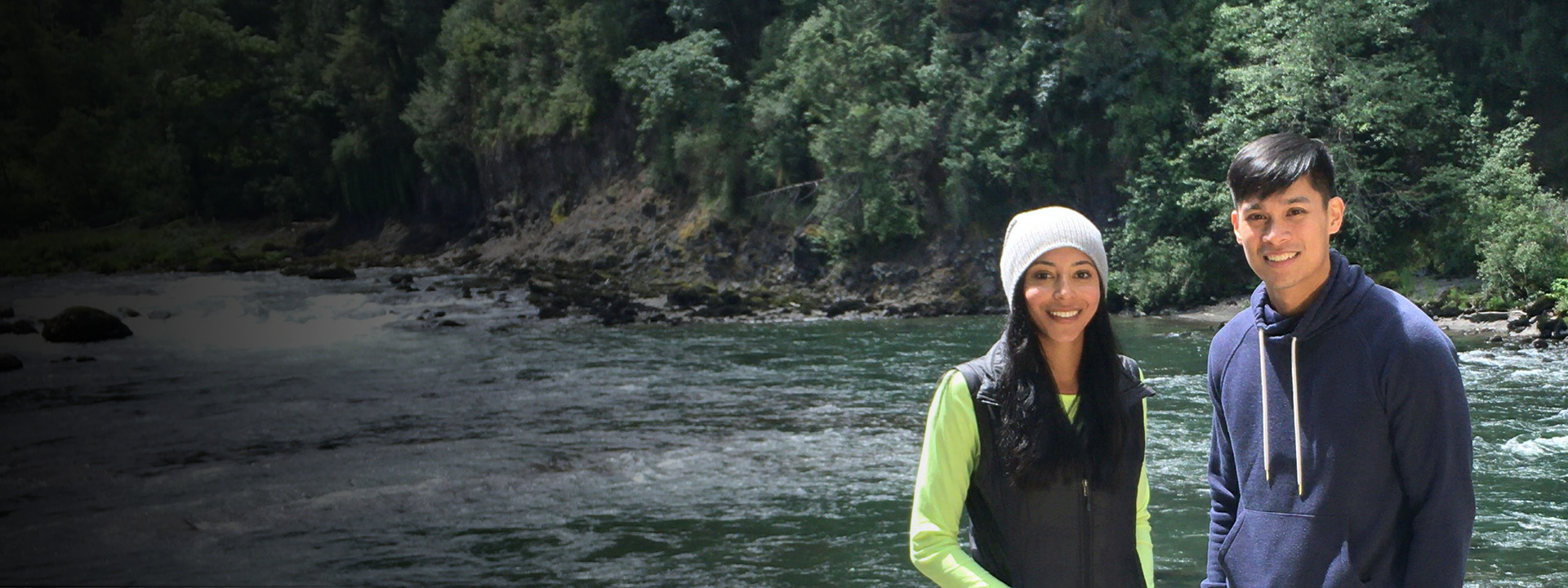As a retired professional photographer I bought the Mavic 2 Zoom rather than the Hasselblad version as I felt that it would be more appropriate for me. I liked the ability to zoom optically.
I am lucky to own large format printing equipment and was keen to try the advertised super resolution images 8000 x 6000 jpg. in order to produce some big prints. Those .jpg images are superb but the Mavic 2 Zoom is capable of better quality but unfortunately some people have reported, wrongly, that it will only produce super resolution .jpg images and not RAW which is where the real quality lies.
When taking an automatic super resolution image the Mavic 2 Zoom takes a total of 9 images which it stitches together automatically in mid-flight to create a single 8000 x 6000 pixel image. Very impressive, accurate and fast. The attached image (original.jpg) shows the area covered by 8000 x 6000 although I have re-sampled to just 500px wide to display quickly here.
More impressive is the fact that you have the option to simultaneously save to the memory card a total of 10 images in RAW format (.dng). The first image is a reference photo of the whole scene and the other 9 make up the montage. They are save in a sub folder called "PANORAMA". Each of these RAW images is 16bit 3992 x 2992 and about 24MB in size.
The RAW images have to be stitched manually and I used Photoshop which was surprisingly easy to do.
First I imported the RAW .dng images into Photoshop and made the desired changes to colour and exposure etc. The joy of working with RAW. I saved the resulting images as .tif files which is lossless although the resulting file size on my PC is now 70MB per image, I am in the habit of using .tif as a "master" file type as it is archival.
The final step in Photoshop was to stitch the resulting images - File / Automate / Photomerge / Auto - and blend the images together. It could not be simpler.
The resulting file is quite huge at nearly 4GB (16bit .tif) if all layers are saved or a more manageable 640MB if "flattened" to merge the layers (more sensible), and it covers the full area of the 9 original images which is rather wider than required. This basic resulting image is 12173 x 8961 pixels and I have tried to attach a low res copy of that image to this thread (stitched.jpg). Simply crop the centre part of the image and you have a superb quality photograph with almost no distortion saved as a lossless 16bit .tf measuring 11177 x 6508 pixels the file size is around 430MB. The image is wider and covers a greater area than expected.
I have zoomed in part of the photograph (closeup.jpg) to give you some idea of the considerable detail, obviously the size has been greatly reduced for the internet.
I hope this helps someone. Now I need to keep on learning.....
I am lucky to own large format printing equipment and was keen to try the advertised super resolution images 8000 x 6000 jpg. in order to produce some big prints. Those .jpg images are superb but the Mavic 2 Zoom is capable of better quality but unfortunately some people have reported, wrongly, that it will only produce super resolution .jpg images and not RAW which is where the real quality lies.
When taking an automatic super resolution image the Mavic 2 Zoom takes a total of 9 images which it stitches together automatically in mid-flight to create a single 8000 x 6000 pixel image. Very impressive, accurate and fast. The attached image (original.jpg) shows the area covered by 8000 x 6000 although I have re-sampled to just 500px wide to display quickly here.
More impressive is the fact that you have the option to simultaneously save to the memory card a total of 10 images in RAW format (.dng). The first image is a reference photo of the whole scene and the other 9 make up the montage. They are save in a sub folder called "PANORAMA". Each of these RAW images is 16bit 3992 x 2992 and about 24MB in size.
The RAW images have to be stitched manually and I used Photoshop which was surprisingly easy to do.
First I imported the RAW .dng images into Photoshop and made the desired changes to colour and exposure etc. The joy of working with RAW. I saved the resulting images as .tif files which is lossless although the resulting file size on my PC is now 70MB per image, I am in the habit of using .tif as a "master" file type as it is archival.
The final step in Photoshop was to stitch the resulting images - File / Automate / Photomerge / Auto - and blend the images together. It could not be simpler.
The resulting file is quite huge at nearly 4GB (16bit .tif) if all layers are saved or a more manageable 640MB if "flattened" to merge the layers (more sensible), and it covers the full area of the 9 original images which is rather wider than required. This basic resulting image is 12173 x 8961 pixels and I have tried to attach a low res copy of that image to this thread (stitched.jpg). Simply crop the centre part of the image and you have a superb quality photograph with almost no distortion saved as a lossless 16bit .tf measuring 11177 x 6508 pixels the file size is around 430MB. The image is wider and covers a greater area than expected.
I have zoomed in part of the photograph (closeup.jpg) to give you some idea of the considerable detail, obviously the size has been greatly reduced for the internet.
I hope this helps someone. Now I need to keep on learning.....
Attachments
Last edited:
















